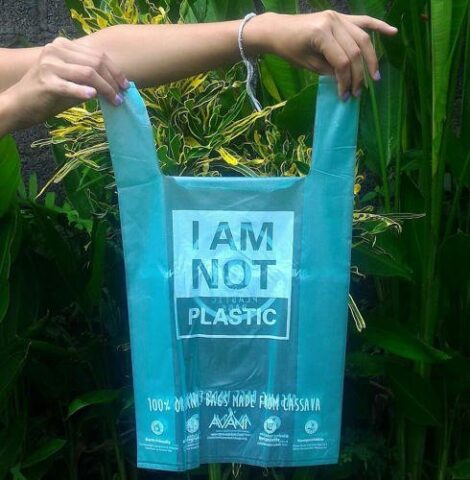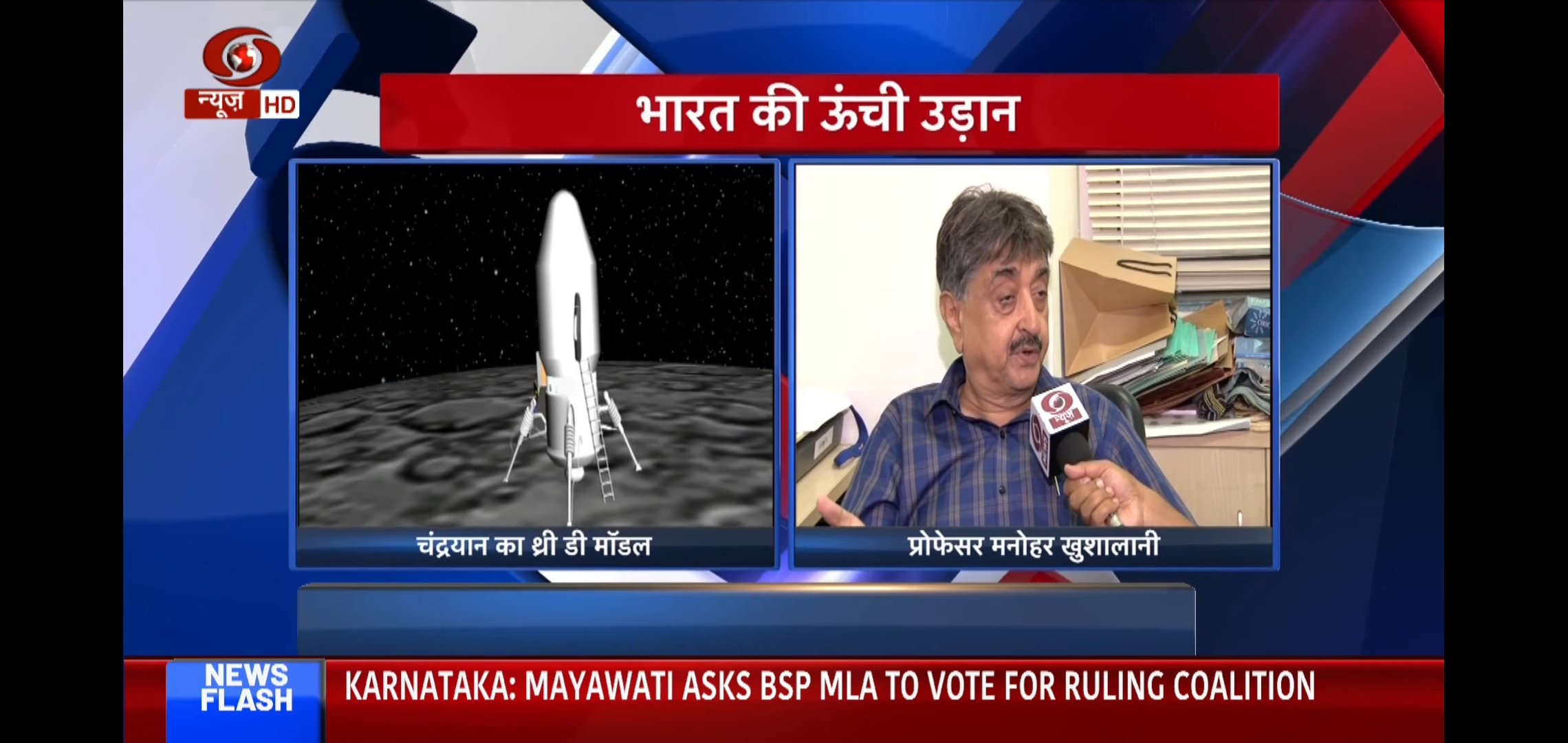Plastic Alternatives

BTP Students: Sejal Kumar / Aysha Fazilath / Rahul Patwardhan / Vyshakh Dharan
Video Input: Utsav Rohilla / Nitin Yadav / Aditya Diundi
This OneVorld Video explains some steps we can take to minimize plastic on our planet which is an ever-increasing problem nowadays. All of us can contribute a little towards our fight against plastic and opt for plastic alternatives to not just minimize plastic but to reuse it so that more addition of plastic in our environment can be stopped.
Plastic, a horrible yet extremely useful invention for mankind has now become a significant part of our lives. We are all aware of it’s ill-effects and can do our part to protect the environment from it.
So what should we do ?
Well, there are some small things we can do or should I say small things everyone SHOULD do?
One of the first things we do after waking up is brushing our teeth, which we usually do with our plastic toothbrushes. After some time they become useless and we have to throw them away. It creates a lot of non-biodegradable waste. In this case, we can use bamboo toothbrushes which are usually made up of natural materials like bamboo and charcoal. So they are far more accessible to dispose of than regular toothbrushes.
EXTRA TIP: We can also learn how to make toothpaste at home so that toothpaste tube waste can also be decreased.
Coming up next are the food containers. It’s harmful to store food in plastic containers because a lot of them release harmful chemicals like BPA and phthalates. But a lot of people still use them because they are cheap and easy to use. But life is more valuable than anything else. That’s why we should use better alternatives than plastic containers. Stainless steel glass and silicon containers are very reliable in this case and they are easy to dispose of too.
EXTRA TIP: For dry food like bread and chapatis, cloth food containers are very useful
Moving on, the one form in which plastic is used the most is carry bags and waste produced by them is enormous. But the good thing is they have a lot of alternatives too. Paper, cotton and canvas bags are good alternatives of such bags. They are extremely reusable too.
EXTRA TIP: We should try to reuse the polybags we already have.
Our earth is a beautiful planet and it’s really sad that we are the ones destroying it. It is our responsibility to protect it. Everyone should do their part even if it’s too small!
